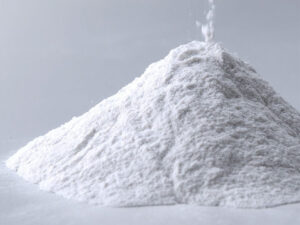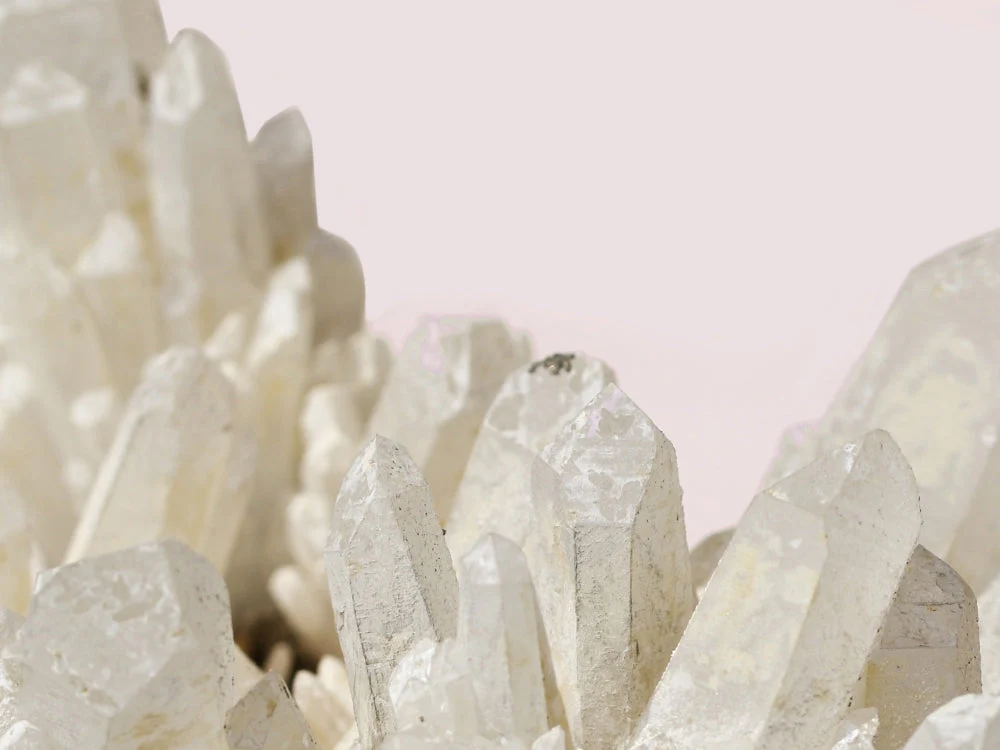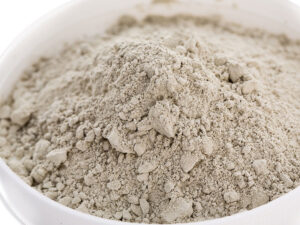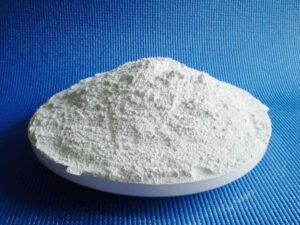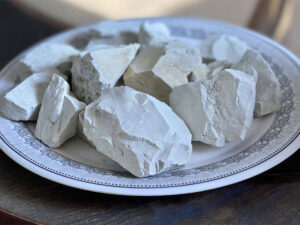Silica, a versatile and abundant mineral, plays a vital role in various industrial applications. Its unique properties make it a sought-after material across industries such as construction, glass manufacturing, ceramics, and oil extraction. This article delves into the world of industrial silica, exploring its types, applications, mining process, safety concerns, and future trends.
What is Industrial Silica?
Industrial silica, also known as silicon dioxide (SiO2), is a naturally occurring compound found in abundance in the Earth’s crust. It exists in different forms, including crystalline and amorphous silica. The distinguishing factor lies in the arrangement of silicon and oxygen atoms in their molecular structure.
Read More: Silica
Types of Industrial Silica
Crystalline Silica
Crystalline silica, characterized by its ordered atomic structure, is commonly found in quartz, cristobalite, and tridymite. Its high hardness and heat resistance make it valuable in various industrial processes.
Amorphous Silica
Amorphous silica lacks the well-defined crystalline structure and is commonly found in materials like silica gel and diatomaceous earth. It is widely used in industries for its adsorbent and filtration properties.
Applications of Industrial Silica
Industrial silica finds diverse applications across several industries due to its unique properties.
Construction Industry
In the construction sector, silica is a fundamental component of concrete and cement. It enhances the strength and durability of construction materials, making them ideal for modern infrastructure projects.
Glass Manufacturing
The glass industry heavily relies on silica for its ability to reduce melting temperatures and improve the transparency and strength of glass products.
Foundry Industry
Silica sand is a primary molding material in the foundry industry, where it is used to create molds and cores for metal casting.
Ceramics and Refractories
Silica is an integral part of ceramic products, providing thermal stability and hardness to the final products. Additionally, it is used in refractories for lining high-temperature furnaces and kilns.
Oil and Gas Industry
In the oil and gas sector, silica-based proppants are used in hydraulic fracturing to keep fractures open, allowing the extraction of oil and gas from deep underground.
Read More: Bentonite
The Mining Process of Silica
The extraction and processing of industrial silica involve several stages.
Extraction Techniques
Silica is extracted from natural deposits through various methods, such as open-pit mining, dredging, and underground mining.
Processing Methods
After extraction, the raw silica undergoes processes like washing, crushing, and screening to remove impurities and obtain the desired particle size.
Safety Concerns and Regulations
Despite its widespread use, industrial silica poses health hazards when inhaled as fine particles during mining and processing.
Health Hazards of Silica Exposure
Inhalation of silica dust can lead to serious respiratory illnesses, including silicosis, lung cancer, and chronic obstructive pulmonary disease (COPD).
Occupational Safety Measures
Industries that deal with silica must implement stringent safety measures, such as dust control and providing personal protective equipment (PPE), to protect workers from exposure.
Environmental Impact
Silica mining can have environmental consequences, including habitat destruction, water pollution, and soil degradation. Sustainable mining practices are essential to mitigate these impacts.
Read More: Drilling Bentonite
Silica Substitutes and Alternatives
Researchers and industries are exploring alternatives to reduce dependency on silica and address health and environmental concerns.
Future Trends in the Industrial Silica Market
The demand for industrial silica is projected to grow in the coming years, driven by the expanding construction and glass industries and the continuous development of innovative applications.
Read More: Wikipedia
Conclusion
Industrial silica is an indispensable material that fuels modern industries and contributes to technological advancements. However, its usage requires responsible practices to ensure the safety of workers and minimize environmental impacts. As industries evolve, so will the need for sustainable alternatives to traditional silica applications.
FAQs
Is silica hazardous to health?
Yes, prolonged exposure to silica dust can lead to serious respiratory health issues, including silicosis and lung cancer.
How is silica extracted?
Silica is typically extracted from natural deposits using methods like open-pit mining and dredging.
What are the alternatives to silica?
Researchers are exploring various alternatives to silica, including glass ceramics, alumina, and zirconia.
How is industrial silica used in the oil and gas industry?
Silica-based proppants are used in hydraulic fracturing to keep fractures open, enabling the extraction of oil and gas.
What are the environmental concerns related to silica mining?
Silica mining can result in habitat destruction, water pollution, and soil degradation, necessitating sustainable mining practices to address these issues.


